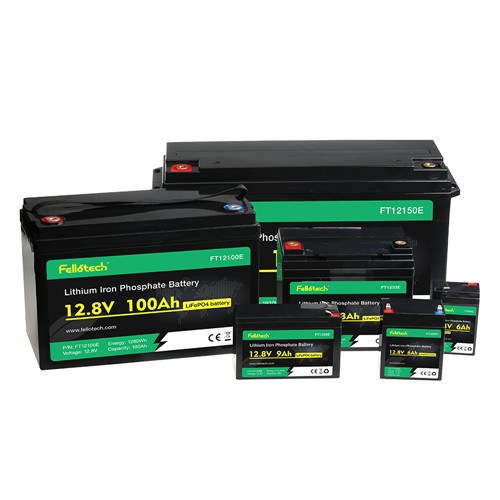Comparing the Battery with Other Power Sources
One hears of wonderful improvements in battery technologies, each offering distinct benefits, but none providing a fully satisfactory solution to all of today’s energy needs. Though the battery has many advantages over other energy sources, it also has major limitations that need addressing.
Batteries store energy reasonably well and for a long time. Primary batteries (non-rechargeable) hold more energy than secondary (rechargeable) and the self-discharge is lower. Lead-, nickel- and lithium-based batteries need periodic recharges to compensate for lost energy.
Specific energy (capacity)
Compared to fossil fuel, the energy storage capability of the battery is less impressive. The energy by mass of gasoline is over 12,000Wh/kg. In contrast, a modern Li-ion battery only carries about 200Wh/kg; however the battery has the advantage of delivering energy more effectively than a thermal engine.
Batteries have a large advantage over other power sources by being ready to deliver on short notice – think of the quick action of the camera flash! There is no warm-up, as is the case with the internal combustion engine (ICE); battery power flows within a fraction of a second. In comparison, a jet engine takes several seconds to rev up, a fuel cell requires a few minutes to gain power, and the cold steam engine of a locomotive needs hours to build up steam.
Most rechargeable batteries have a wide power bandwidth, meaning that they can effectively handle small and large loads, a quality that is shared with the diesel engine. In comparison, the bandwidth of the fuel cellis narrow and works best within a specific load. So does the jet engine, which operates most efficiently at a defined revolution-per-minute (RPM).
The battery runs clean and stays reasonably cool. Most sealed cells have no vents, run quietly and do not vibrate. This is in sharp contrast with the ICE and large fuel cells that require compressors and cooling fans. The ICE also needs air intake and provision to exhaust toxic gases.
The battery is highly efficient. Li-ion has 99 percent charge efficiency, and the discharge loss is small. In comparison, the energy efficiency of the fuel cell is 20 to 60 percent, and the ICE is 25 to 30 percent. At optimal air intake speed and temperature, the GE90-115 on the Boeing 777 jetliner achieves an efficiency of 37 percent. The charge efficiency of a battery is connected with the ability to accept charge. under Coulombic Efficiency.

With 15 year’s of battery engineering and design experience, Fello Tech provides customers with effective and efficient battery solutions. Fello Tech has a proven reputation with a broad customer base for the supply of high safety batteries, battery packs and customized batteries. Our dedicated inhouse team will design, build and supply you the most advanced range of the batteries supported with the reassurance of first class quality standards.
You can contact us any way that is convenient for you. We are available 24/7 via !
If you need any lithium battery or battery packs, please send us your detailed information about the voltage, the capacity and the size.
 online service
online service 86 755 89351622
86 755 89351622 sales@fellotech.com
sales@fellotech.com lucyjiang123
lucyjiang123 +8613691821586
+8613691821586